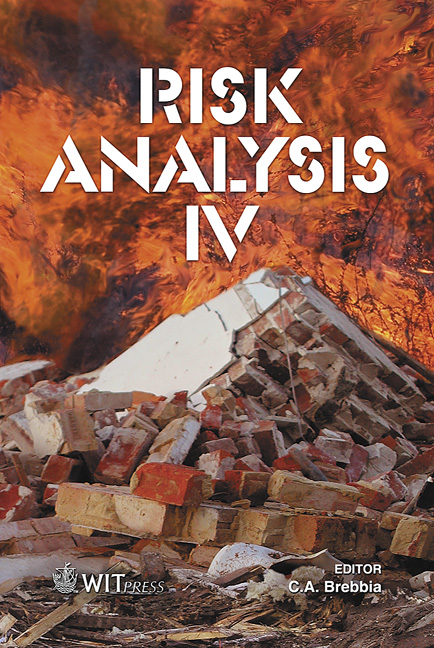Updated Oil Spill Risk Assessment For The Gulf Of Suez
Price
Free (open access)
Transaction
Volume
77
Pages
10
Published
2004
Size
766 kb
Paper DOI
10.2495/RISK040411
Copyright
WIT Press
Author(s)
G. Ghalwash & M. Elkawam
Abstract
The Gulf of Suez (GOS) is an important and sensitive area of Egypt, which contains unique environmental ecosystems and biodiversity in addition to the attraction factors for tourism activities and rich fishing grounds. The GOS is an important source of natural resources and many modern ports are constructed in it. The GOS occupies a strategic position in the south entrance of the Suez Canal (SC), which is an important international waterway, linking east and west trades. Many oil activities are concentrated in the area exposing it to great danger of operational and accidental oil spills. Oil Spill Risk Assessment (OSRA) is a basic approach for Risk Management. An OSRA was established by the Egyptian National Oil Spill Contingency Plan (NOSCP) in 1998, which did not include all the sources of oil spills and whose results are considered as underestimates. This study introduces an updated OSRA for the GOS with a methodology based on practical, theoretical and applied approaches. The practical approach includes two types of field survey, coastal and sea field survey, the purpose of which are to record the features, activities and oil pollution of the area. The theoretical concept is based on identifying the criteria of utilizing the results of the field survey to establish an oil pollution depositary map and the criteria of using global models supported by local statistics to identify the high oil spill risk areas and plot the results on the available sensitive map of the GOS to implement OSRA and extract the Marine Environmental High Risk Areas (MHRAs). The applied approach includes a description of the computer software applications to calculate the oil spill risks, project the results on the sensitivity maps, implement the OSRA and extract MHRAs besides drawing the oil depositary map. It also includes the procedures of using an oil fate model to predict oil movement, spreading and weathering. The oil spill risks are categorized with respect to the spill size into Spill < 100 tonnes and Spill > 100 tonnes. In addition to the obtained OSRA maps, the study estimates a total probability of oil spill risk in the GOS of 4.522 spill/Year from the first category and 0.934 spill/Year from the second category, which are compatible with the actual statistics. The study also indicates that the highest oil spill risk sources are the Off-Shore Oil Facilities, whose estimated risk probabilities are 1.496 and 0.487 Spill/Year from the two categories respectively. Keywords: oil spill, risk assessment, risk probabilities, risk consequences, integrated ranking.
Keywords
oil spill, risk assessment, risk probabilities, risk consequences, integrated ranking.





